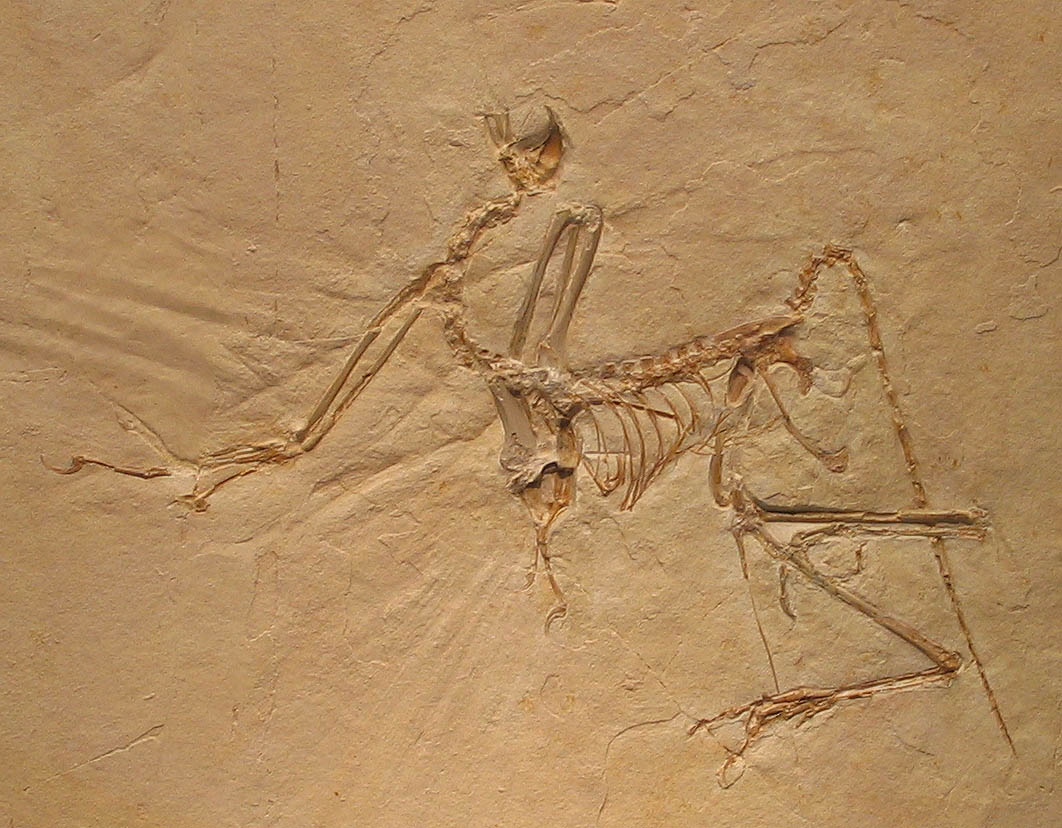Megalodon, a massive ancient shark, had a cartilaginous skeleton, making its exact size difficult to determine. Most size estimates are based on well-preserved teeth and some vertebrae fossils. Understanding its size and biology helps scientists infer its role in prehistoric marine ecosystems and its impact on the evolution of other marine species, especially whales.
Related Posts
The Ancient Red Panda Found in Tennessee
A fossil-rich sinkhole in Tennessee preserved a 5-million-year-old red panda relative, revealing unexpected migration links between North America and Eurasia.
June 14, 2025
South Korean Scientists Explore Artificial Mitochondria
All together now, say it with me: “The mitochondria is the powerhouse of the cell.” As a rite…
September 29, 2021
What Might the Next Mass Extinction Look Like?
Earth has experienced several mass extinctions caused by events like asteroid impacts, volcanic activity, and climate change, with…
April 6, 2024
The Dinosaur Dilemma That Darwin Couldn’t Solve
An ingenious experiment with chickens reveals the surprising evolutionary advantage of a "half wing" in non-flying dinosaurs, finally solving a puzzle that has stumped scientists since Darwin's time.
June 28, 2025











